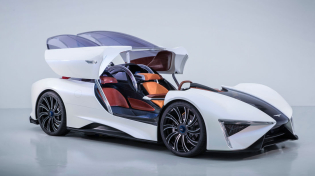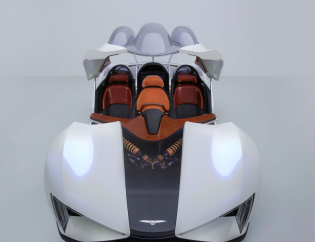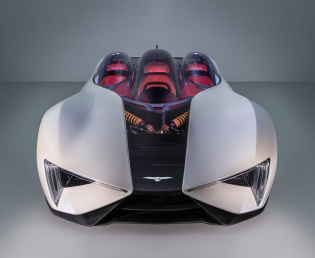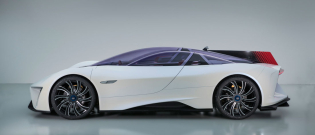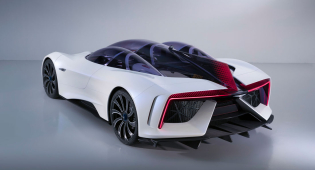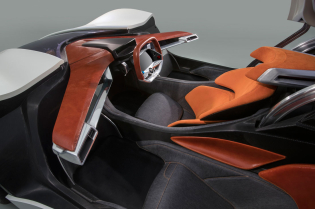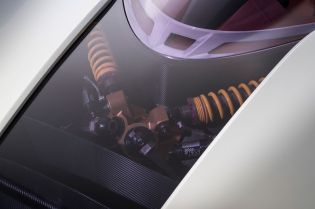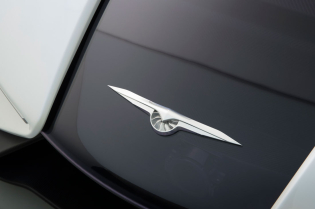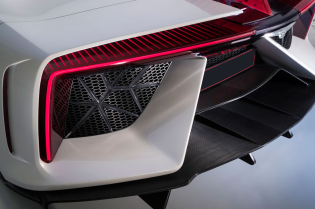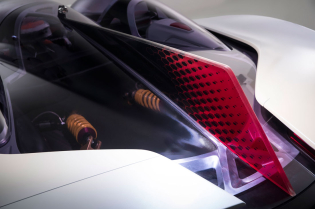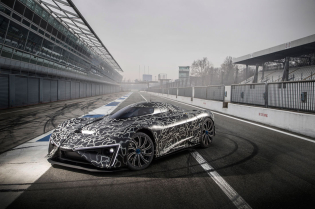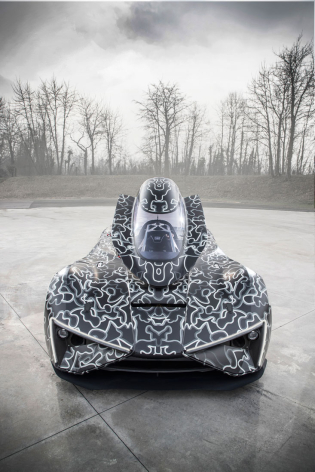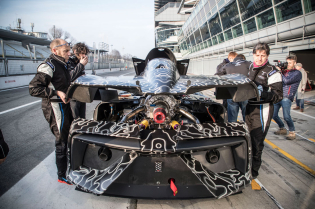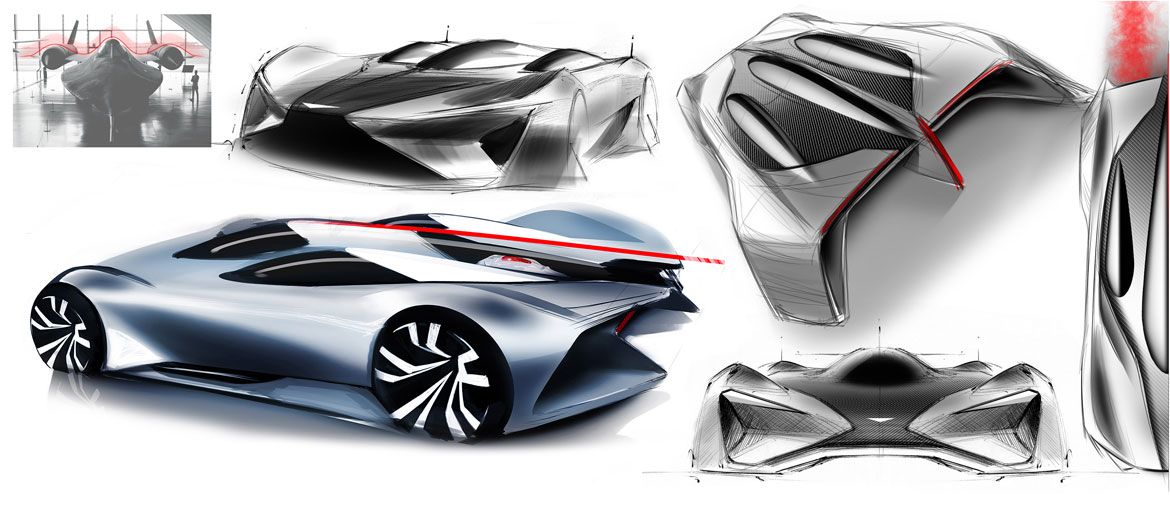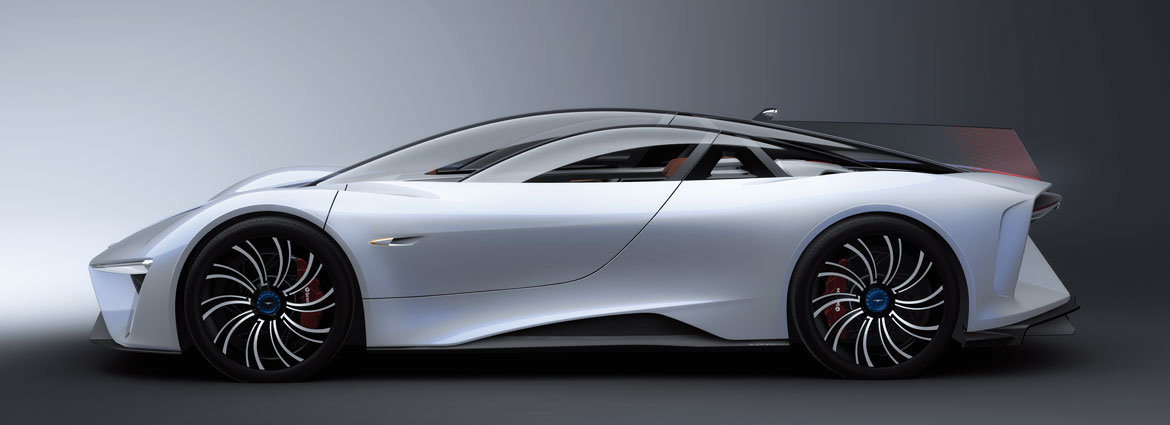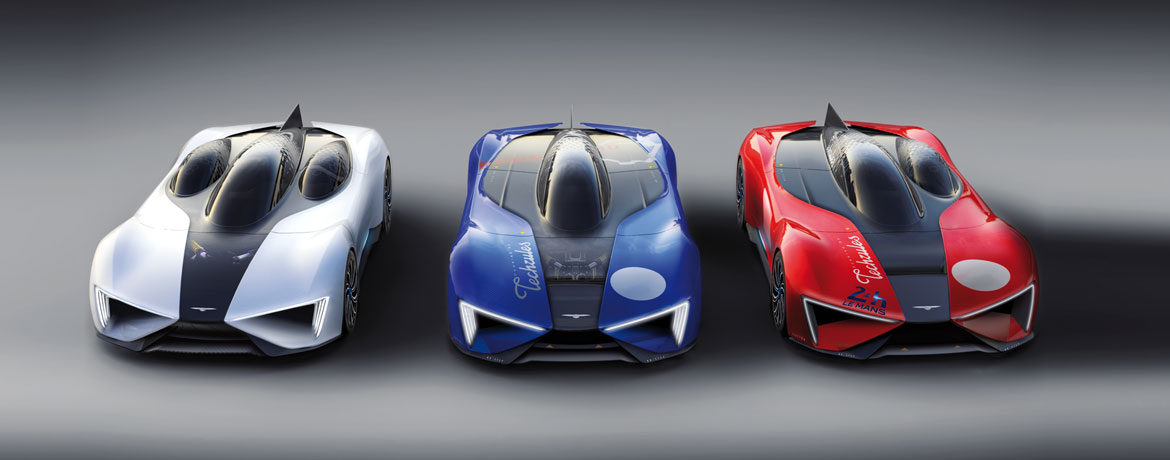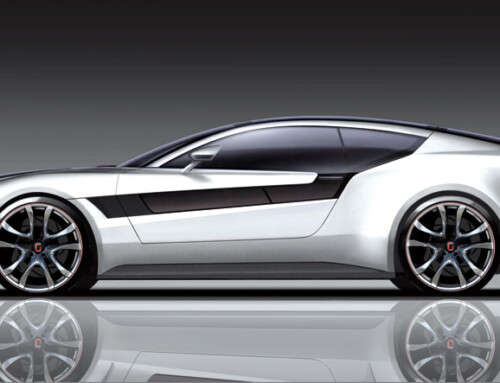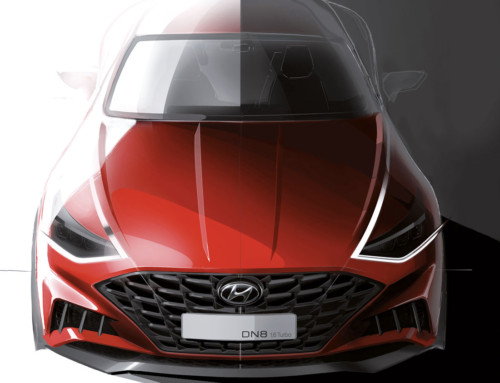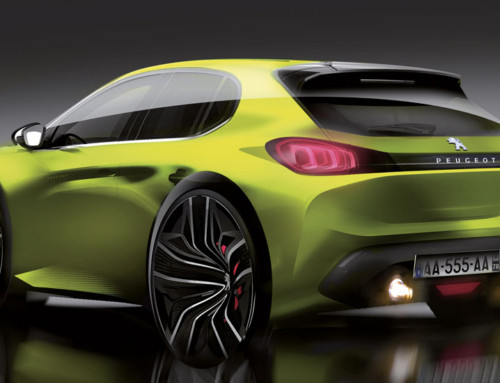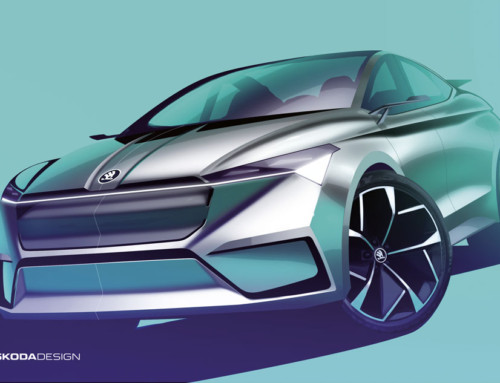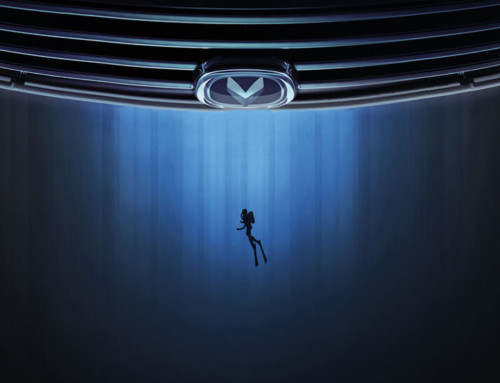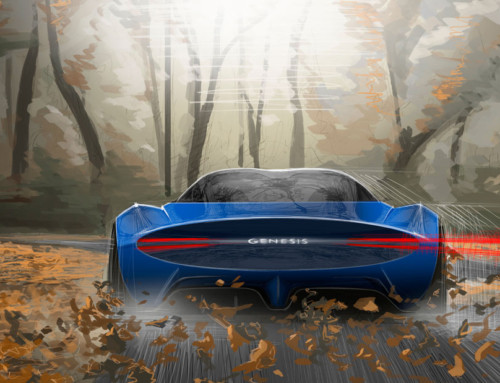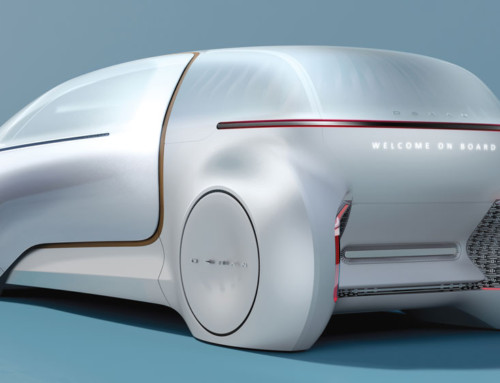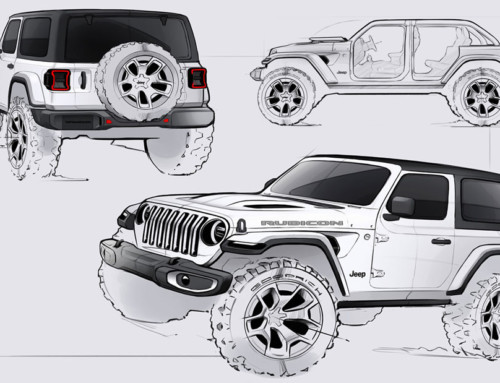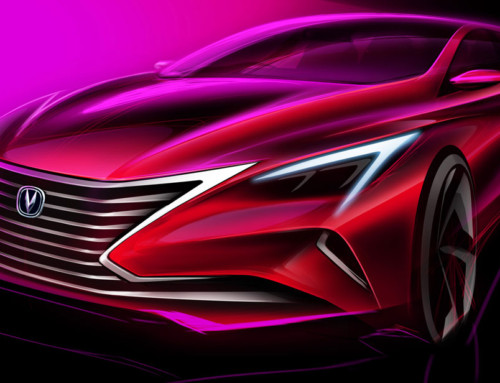Its name is GFG Style, from the initials of the maestro Giorgetto and those of Fabrizio Giugiaro: it is a promising new entrepreneurial structure through which to express the creative fertility of two of the most famous car designers in the world, following the demise of the prestigious Italdesign that ran from 1968 to 2015. “Design”, Giorgetto Giugiaro reflects today, “must retain its irreplaceable role of mediating between man and the objects that are part of his daily life. It must sense changes in the climate wherever they occur and engage with the challenging new world of the younger generations.” That’s why it was important to create a modern design consultancy firm able to revisit tradition from a lighter footed viewpoint, focusing on flexibility and guaranteeing customers the value of an Italian made product. In Geneva GFG Style unveiled its perhaps most scenic offering, although the ripening process had started some time before: “We realised that we were the only “survivors”, jokes Fabrizio. “Everything in our sector had moved on or had disappeared altogether and relations with customers were changing. Manufacturers were no longer interested in the chain of prototype production being in-house: on the contrary, suppliers and support companies were now considered equally valid solutions and less expensive. The first signs of this new reality had been clear to us for some time and my father immediately pursued and defended this approach.”
So the new company has been given an ideal configuration, with a consolidated creative team: “To provide a full consultancy service we needed a robust, comprehensive structure. Today we have an in-house staff of thirty creatives because it is key for us to be able to manage creativity absolutely personally and hands-on. The design process is therefore carried on internally and continues (maths, models and prototypes) with the aid of highly reliable partners recruited from the prestigious Turin car district”, the entrepreneur continues. “I continue to believe in the virtual development of models and we were among the first to invest in these technologies, but we believe that is not enough. In fact, because it is effective and strategic, we propose to consolidate our virtual work in physical models milled in various materials, often clay, as is our tradition”.
The results? Already in full bloom: apart from sorties away from the automotive, such as the Phybra sideboard in wood and carbon (presented at the Salone del Mobile 2016 for the Laurameroni furniture brand), ongoing cooperation with the SAME group in the agricultural industry, and at the moment three commissions from carmakers, two Chinese and one Japanese, are being developed in the Suv, Mpv, sports and compact segments and are due on the market in the next few years.
Over all, of course, stands the main project in the new departure, Ren, the star of the Geneva stand of the Techrules brand. This is an electric sports car with dual fuel turbines to charge the batteries, which is set to be the trial model of a series of twenty-five. It boldly illustrates the aims of the young Beijing manufacturer and its eagerness to attract tycoons bewitched by exoticism and customisation as well as, above all, to test the new technology and its possible developments.
At GFG, it was decided to give the car an intentionally scenic, provocative and by no means consensual look: a roof panel divided into three split-level cockpits was developed on a pure, horizontal beltline, almost in the style of a modern barchetta. “When I showed the management our six styling alternatives for them to make their decision as to the final variant, their answer was of total confidence, with the invitation to develop the version we liked best,” says Fabrizio Giugiaro. “From the outset we were responsible and free to manage the project, even more than I would have expected. In the first phase, only one videoconference was scheduled every month”.
The creative challenge was to dress the refined carbon fibre frame in such a way as to communicate the break with convention and, at the same time, respect the technical and functional briefing. Starting with the ergonomics: “The first reaction of the engineers, when faced with the request for a supercar for three occupants arranged in an arrow shape, was a gesture of concern. It is not an easy layout, it poses several problems of where to place the driver’s seat and requires a wide, poorly aerodynamic body.
When I suggested the idea of the three domes, which reduce the frontal surface by about 30 percent, there was a perceptible sigh of relief. The proof that an unusual, seemingly arbitrary shape can really be born to solve a technical problem.” Another design hurdle was driver accessibility: “The driver’s seat is in the middle and pushed forward compared to the other two, therefore not easy to reach. Even with a lifting roof, if the hinges are at the front, at the height of the under windscreen cross member, you never get a perfect opening. That’s why the pantograph mechanism pushes the whole tailgate backwards, opening up a huge obstacle-free space”.
It is striking that, despite a balance of absolute modernity, the supercar Ren profoundly reflects the canons that have always animated designs by Giorgetto and Fabrizio Giugiaro: clean surfaces, a unitary form, the taste for roofs treated like flashy caps (just think of the Aztec of 1988, but also the Nazca of 1991). The family trademark does not fade and continues to speak with relentless energy.
Inside, then, structural parts in aluminium and carbon mix surprisingly with upholstery in grey denim, which beckons to a clientele of young digital millionaires and, again, to a desire for freshness on the part of some past projects (like the Machimoto of 1986). The ultra-modern interfaces, with the innovative screen at the steering wheel, which stays straight when swerving, and the intercom-video for passengers, lay the bases, finally, for everyday usability in the future. The story of Giugiaro’s passion for cars is a forward projection more than ever.
Full article in Auto&Design no. 223


